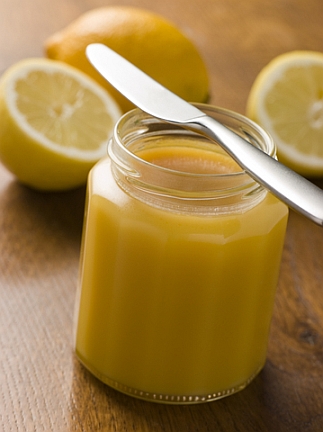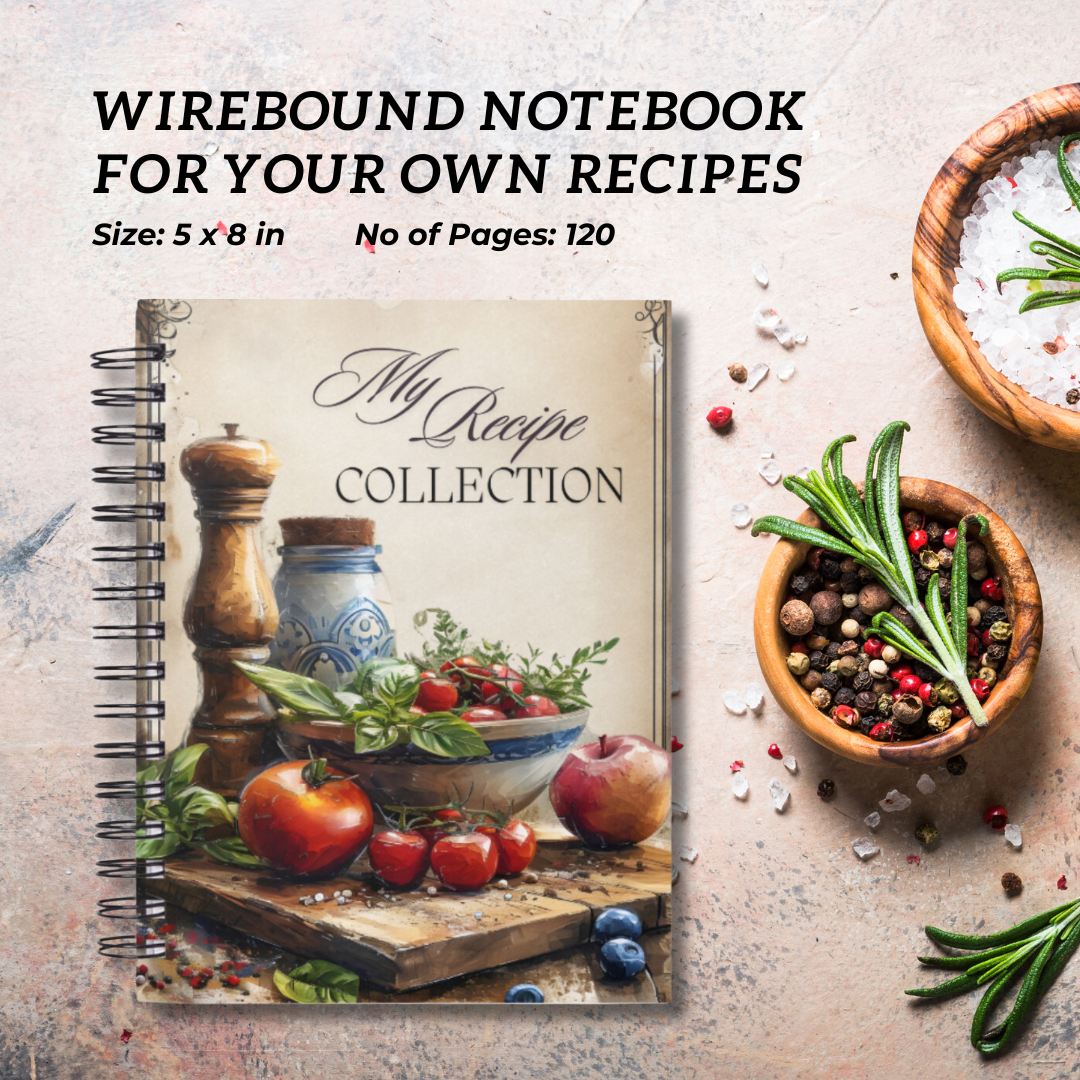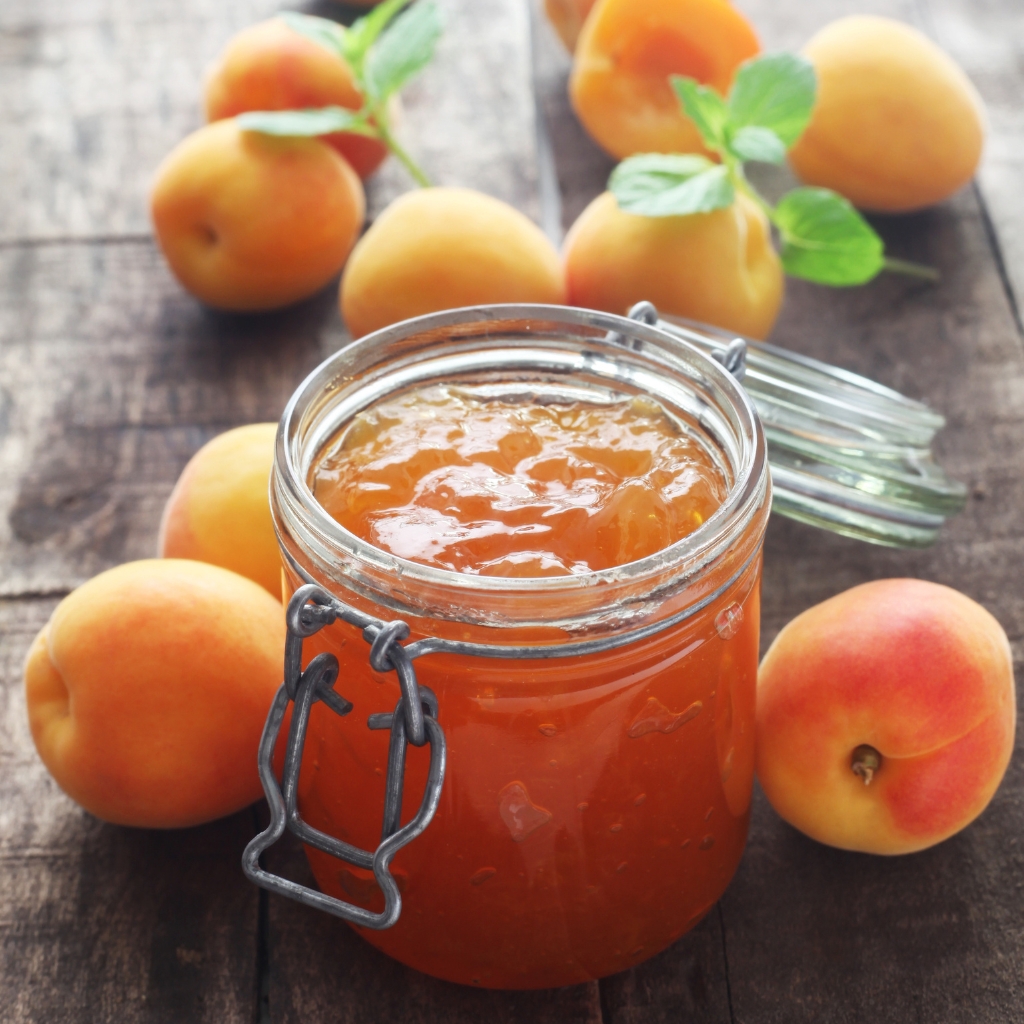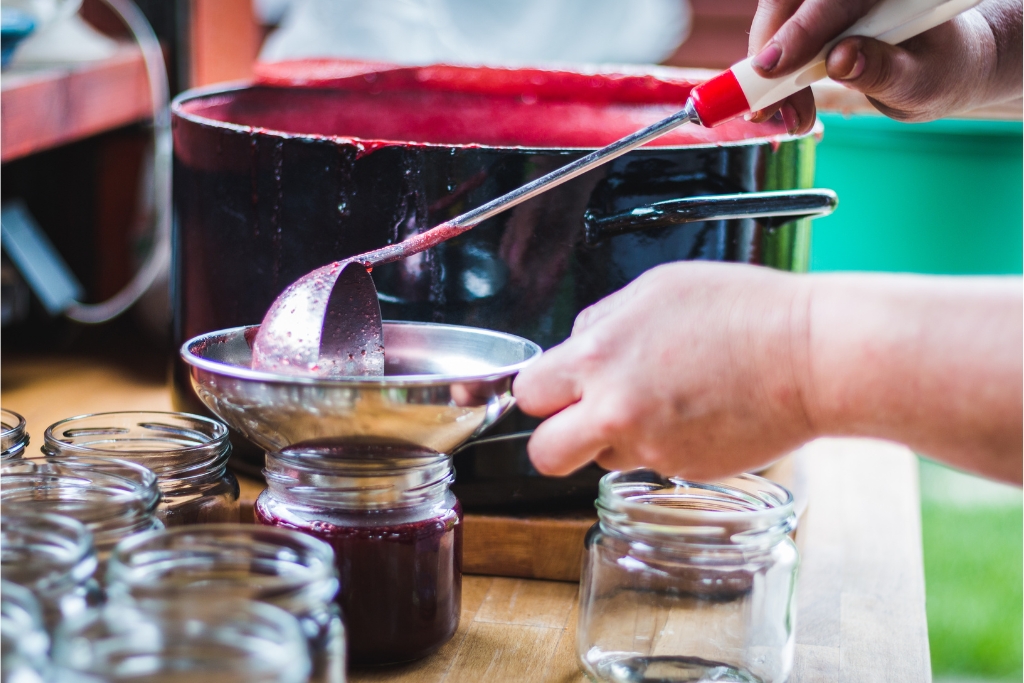Lemon Curd
A Tasty Way to Your Vitamin C
For anyone who's never seen or tasted it, lemon curd (also called lemon cheese) will come as a surprise. It's roughly the same consistency as custard, but a brighter yellow - or even orange if that's what the cook's been using - and the scent of lemon wafting from the mix can transport you right into summer!
As a tasty way of adding some vitamin C to the family diet, lemon cheese was frequently made at home.
My trusty copy of Mrs Beeton's does not mention it specifically, but what she uses as a filling in her lemon cheese cake recipe is obviously lemon curd! And then there's Lemon meringue pie, of course, a sweet pastry crust filled with the tasty curd and topped with meringue, which has been a tea time favourite since the 19th century.
Made from grated lemon rind, lemon juice, eggs, butter and sugar, lemon curd is utterly delicious. Rich and velvety, but with a lovely lemony kick, it's equally useful as a pie or cake filling, or spread onto toast for afternoon tea.
It's also a great standby when faced with unexpected guests. If you have a roll of puff pastry in the house, you're made. Just cut circles from the pastry, score a fine line around the edge and fill the centre with the lemony concoction. Bake in a middle oven for 10 minutes and hey presto! tasty treats to serve with tea!
Lemon curd is not something I make on a regular basis, but every now and then it's lovely. Invariably, I think the home-made version comes out far nicer than anything I've yet found in the shops. As it does not keep too well, commercially made mixtures often contain preservatives and I've even come across one or two that use corn starch to thicken the mix.
In Britain, farmer's markets and WI meetings are the best places if you want to buy your lemon cheese rather than make it yourself, or - if you can't find one near you - you could try this Tiptree Lemon Curd from Wilkin & Sons, that's actually rather good for a commercially made product.
If you're in the US, it is now available to buy from amazon.com.
The curd is easy to make, but requires a little patience. It's one of those kitchen jobs that I find deeply relaxing, calming and peaceful while listening to music or an audiobook. And while you're at it, why not make lime curd, orange curd or even grapefruit curd. Unusual maybe, but worth it...
How to Make Lemon Curd
First of all, you will need a double boiler or a deep glass bowl that fits comfortably over a sauce pan without touching the bottom. You will also need the following ingredients:
- 4 lemons
- 4 eggs
- 110g / 4oz unsalted butter
- 450g / 1lb unrefined caster sugar
 Jar of Lemon Curd
Jar of Lemon Curd © Monkey Business Images | dreamstime.com
Fill the pan with 5cm / 2in water and bring to a simmer.
Grate the lemons, taking care not to catch any of the bitter, white pith, and squeeze out the juice. Discard any pips.
Break the eggs into the bowl and beat lightly. (The curd will be thicker and more velvety if you use just the egg yolks.)
Add lemon rind, juice, sugar and butter to the eggs and stir to combine.
Place the bowl onto the pan of simmering water and stir frequently as the curd cooks. Don't let your bowl touch the simmering water and don't let the pot boil dry or you'll end up with lemony scrambled eggs!
The curd is ready when it's thick and velvety and coats the back of a spoon.
Fill into warm sterile jars, cover, seal and label. The curd will keep for about a month in the refrigerator. (Not that it ever lasts that long, of course!)
How do you keep your recipes?
Are you a passionate cook or baker with a treasure trove of old, beloved recipes scattered around your kitchen? Let me help you organise and preserve your culinary heritage in style.
These elegantly designed blank recipe notebooks don't take up much room, but with their user-friendly layout and durable design, they offer plenty of space for your recipe collection. This recipe keeper notebook is your perfect kitchen companion. And filled with their favourite recipes it makes a great gift for children heading to college - or even as a wedding gift.
Cooking for the larder?
Check out the Jams, Pickles and Preserves page for other ideas.







